Warszawa 2023-03-08
Hawker Hurricane.
The Hawker Hurricane is a British fighter aircraft known from the Second World War, especially the Battle of Britain. The aircraft is a single-seat, single-engine, metal structure with a partial canvas covering. The aircraft was developed and produced by Hawker Aircraft. During the Second World War, Poles also fought on this plane. More than 14,000 were built by the end of series production. In 1939, the Polish Army ordered 14 Hawker Hurricane aircraft, which, however, did not reach Poland.
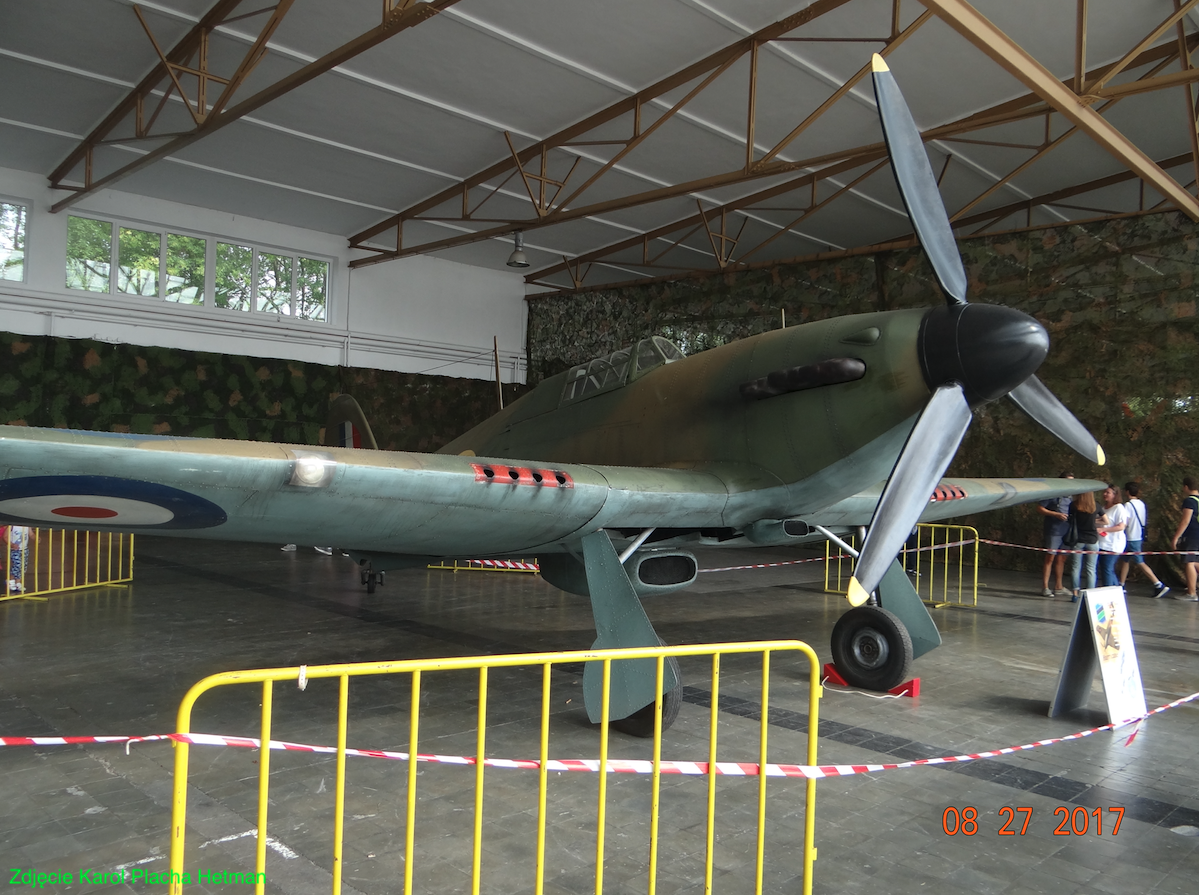
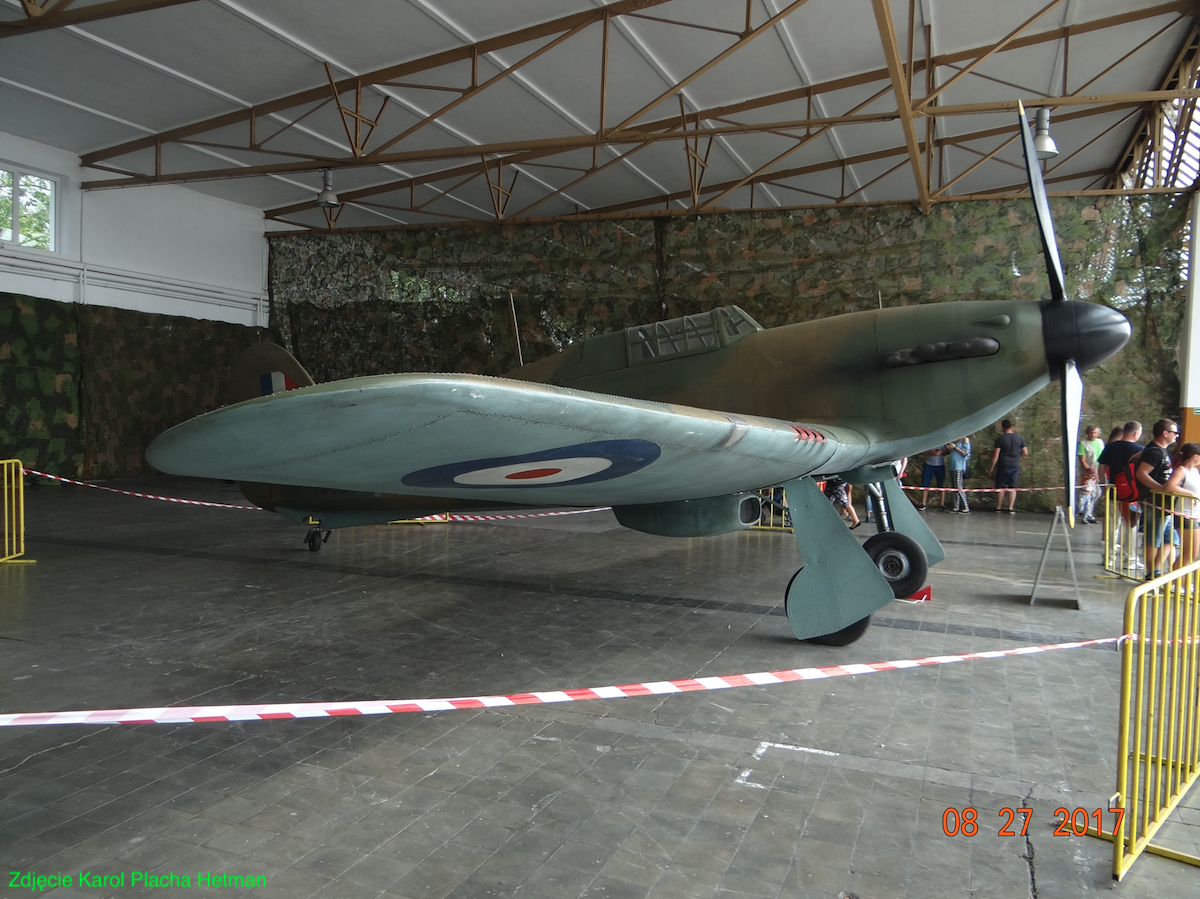
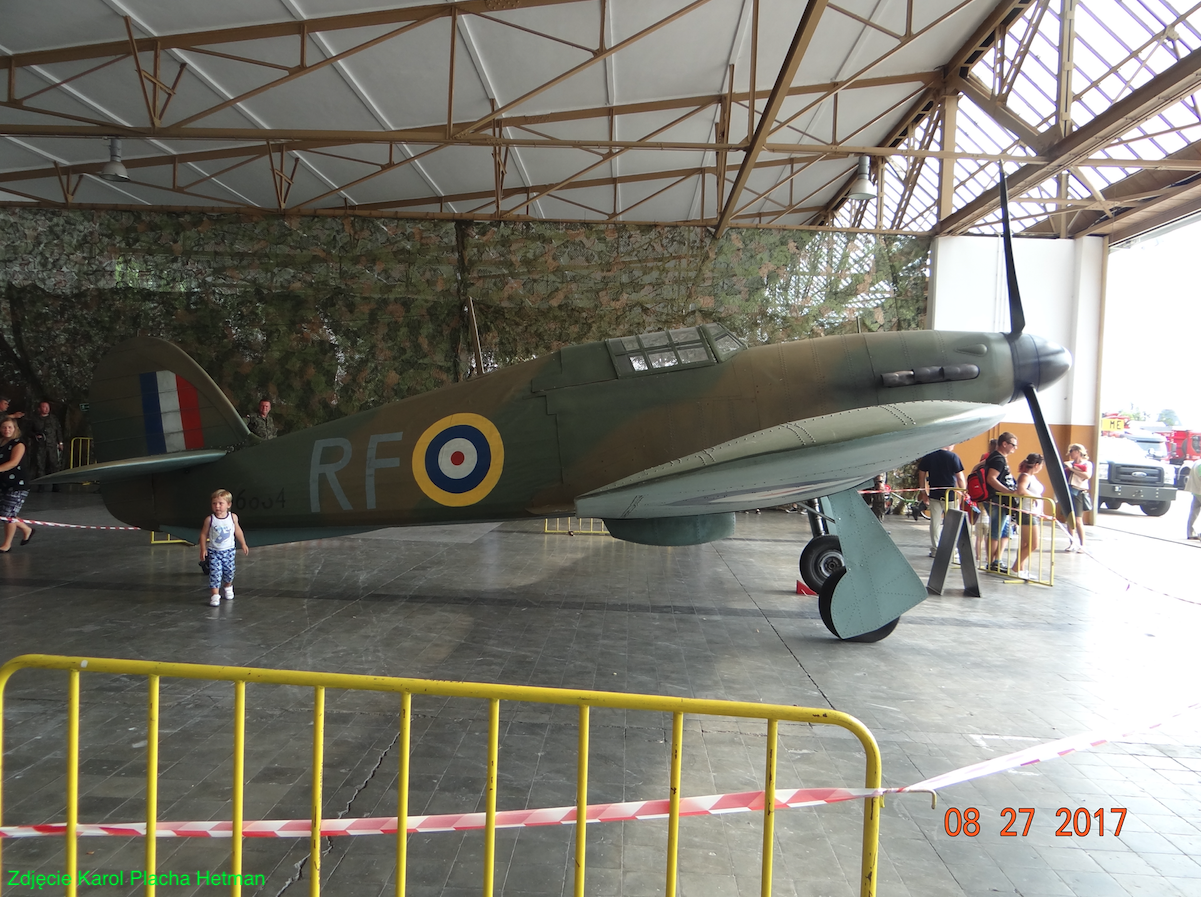
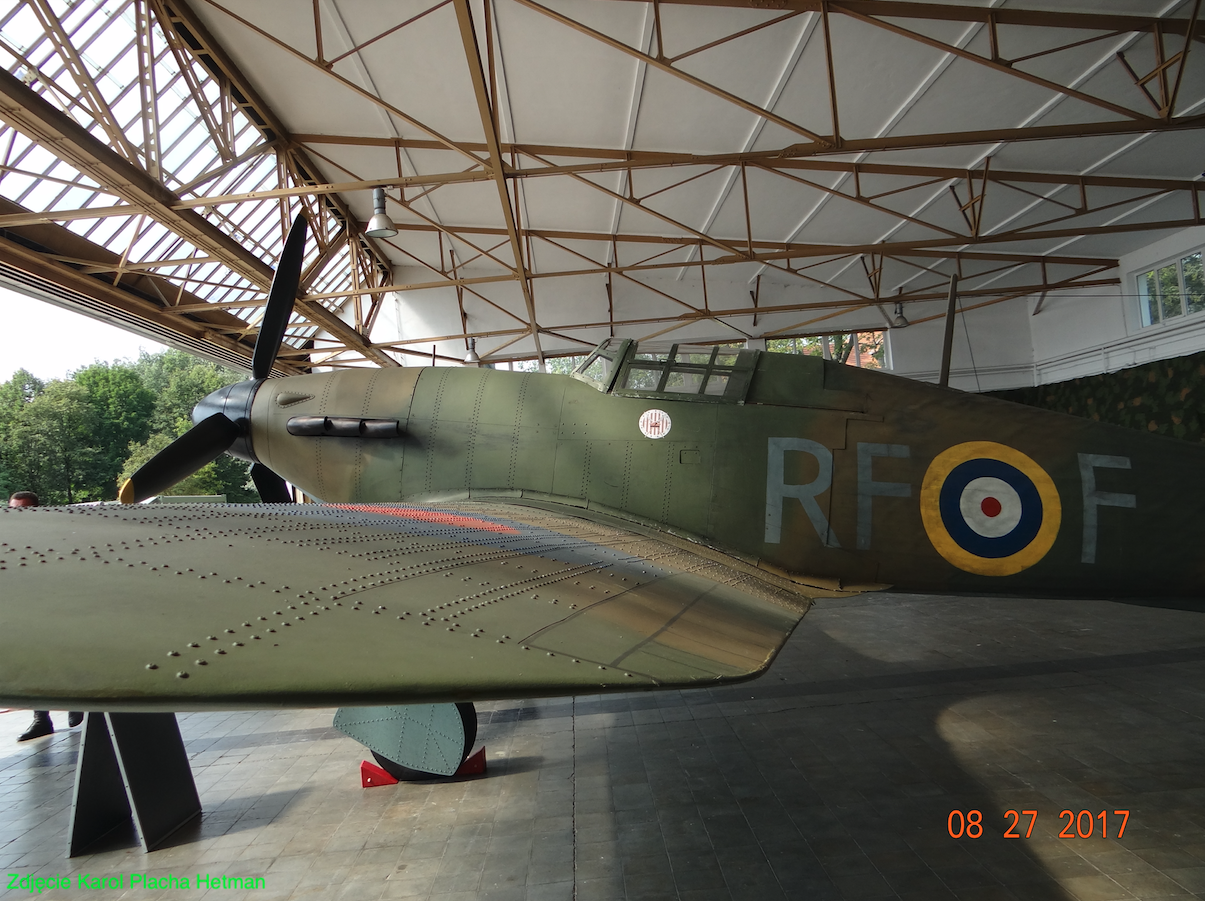
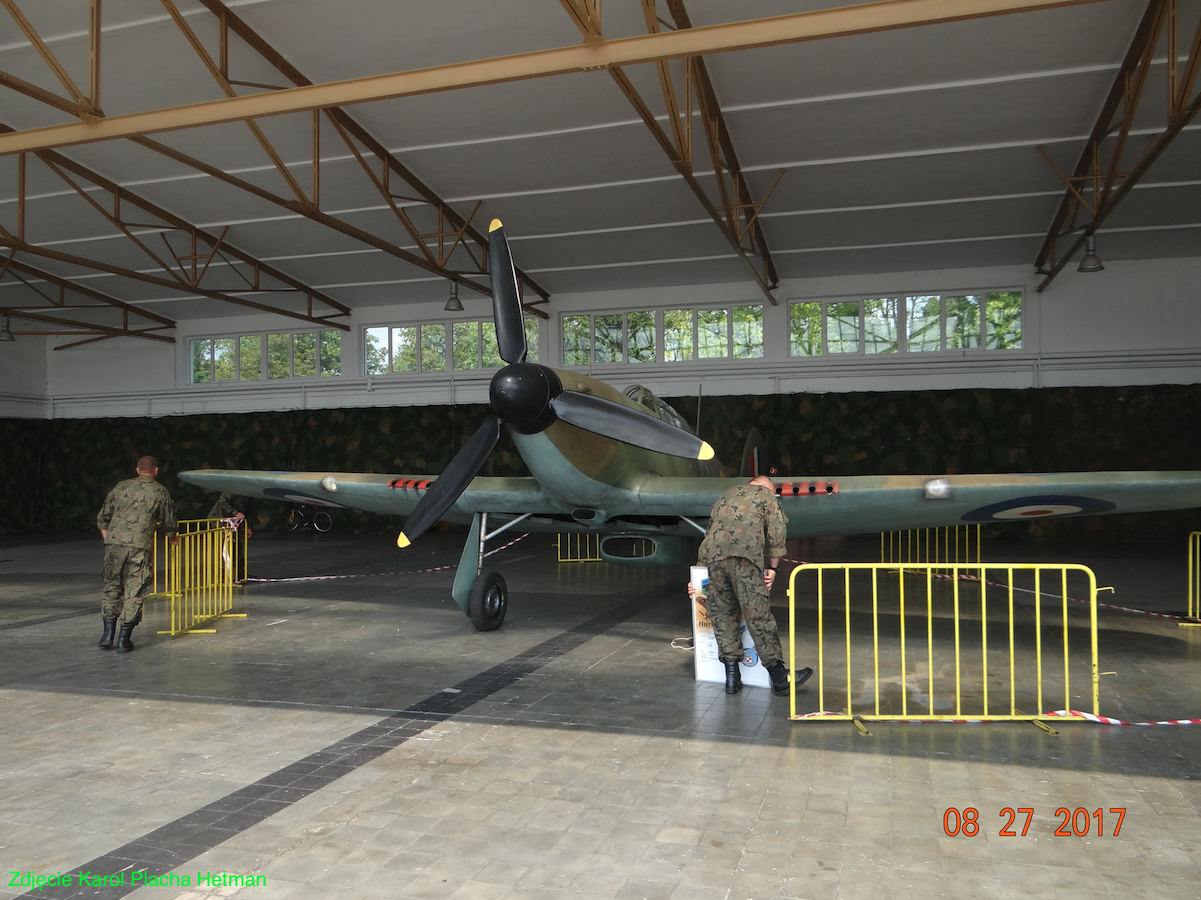
The prototype of the Hawker Hurricane made its first flight on November 6, 1935. Serial production lasted in the period 1937 - 1944. The aircraft had an on-board version that operated from aircraft carriers. The aircraft was decommissioned in 1945.
Various types of Rolls-Royce Merlin engines were used to power the aircraft, with power ranging from 1,030 hp (768 kW), through 1,280 hp (954 kW), to 1,620 hp (1,208 kW).
History of the Hawker Hurricane.
In the 30s of the twentieth century, technical progress in the construction of fighter aircraft was great. Biplane designs were abandoned in favor of monoplanes. In the construction of airframes, wood and steel were abandoned in favor of duralumin. Star engines were replaced with in-line engines, whose frontal resistance is much lower.
As early as 1930, the United Kingdom's Air Ministry announced specification F.7/30 for a new fighter that was to fly at over 250 mph (401 km/h). The task was difficult. However, the ministry drew attention to monoplane designs that had greater potential for high speeds. In May 1934, the Air Ministry issued another specification, F.5/34, for the construction of a 300 mph (483 km/h) monoplane fighter. As armament, 6 machine guns were provided. It was powered by a Rolls-Royce PV-12 engine, later known as Merlin. The Hawker Hurricane prototype was ordered on February 18, 1935. The prototype had a 990 hp Merlin engine and made its first flight on November 6, 1935. In June 1936, 600 fighters were ordered, which were named Hurricanes.
In fact, the design of the Hawker Hurricane was not so modern. The fuselage of the aircraft was made as a spatial structure welded from steel pipes. Nevertheless, the Hawker Hurricane played a major role in the Battle of Britain. From 1939, Hawker Hurricane aircraft were produced in parallel with Supermarine Spitfire fighters. The advantage of the Hawker Hurricane aircraft was the easy and cheaper production process.
T-T Hawker Hurricane data:
Span 12.19 m. Length 9.81 m. Height 3.98 m. Bearing area 23.97 square m. Curb weight 2,150 - 2,569 kg. Take-off weight 2,820 - 3,649 kg. Top speed 510 - 530 km/h. Ceiling 10,850 m. Range 850 - 1,480 km. Armament depending on the version: up to 12 machine guns of 7.7 mm caliber, or 4 cannons of 20 mm caliber, or combinations of machine guns and cannons.
Written by Karol Placha Hetman
